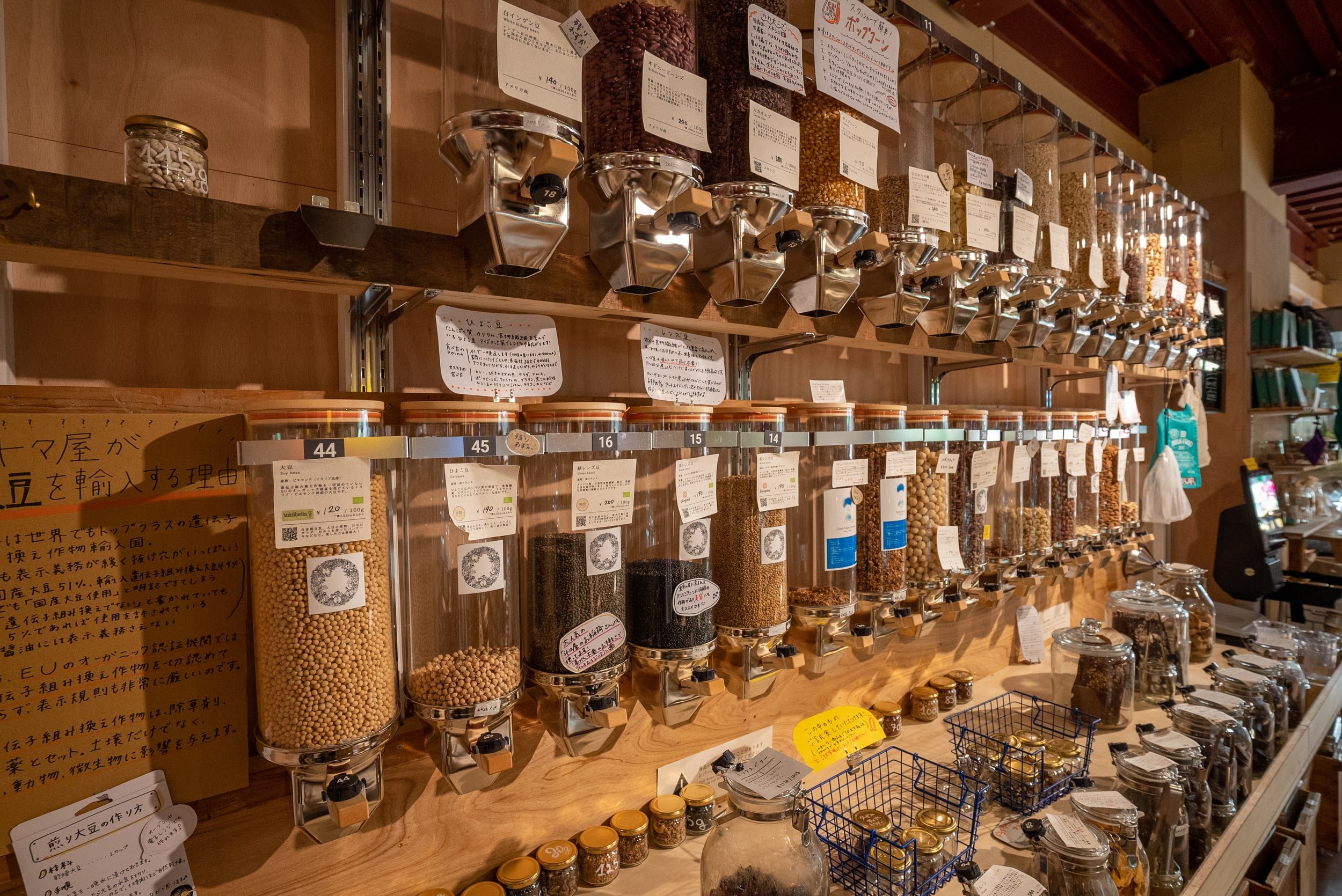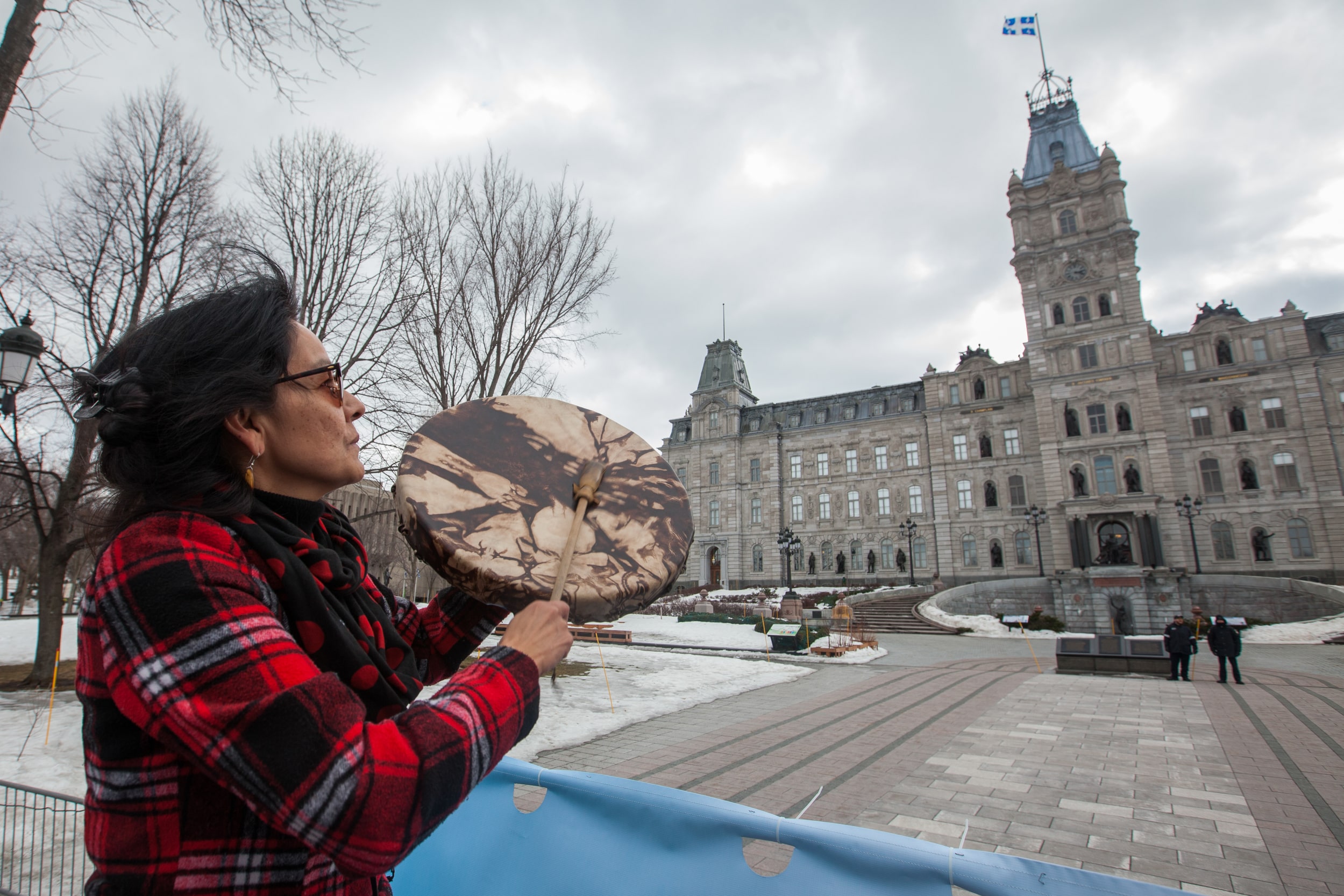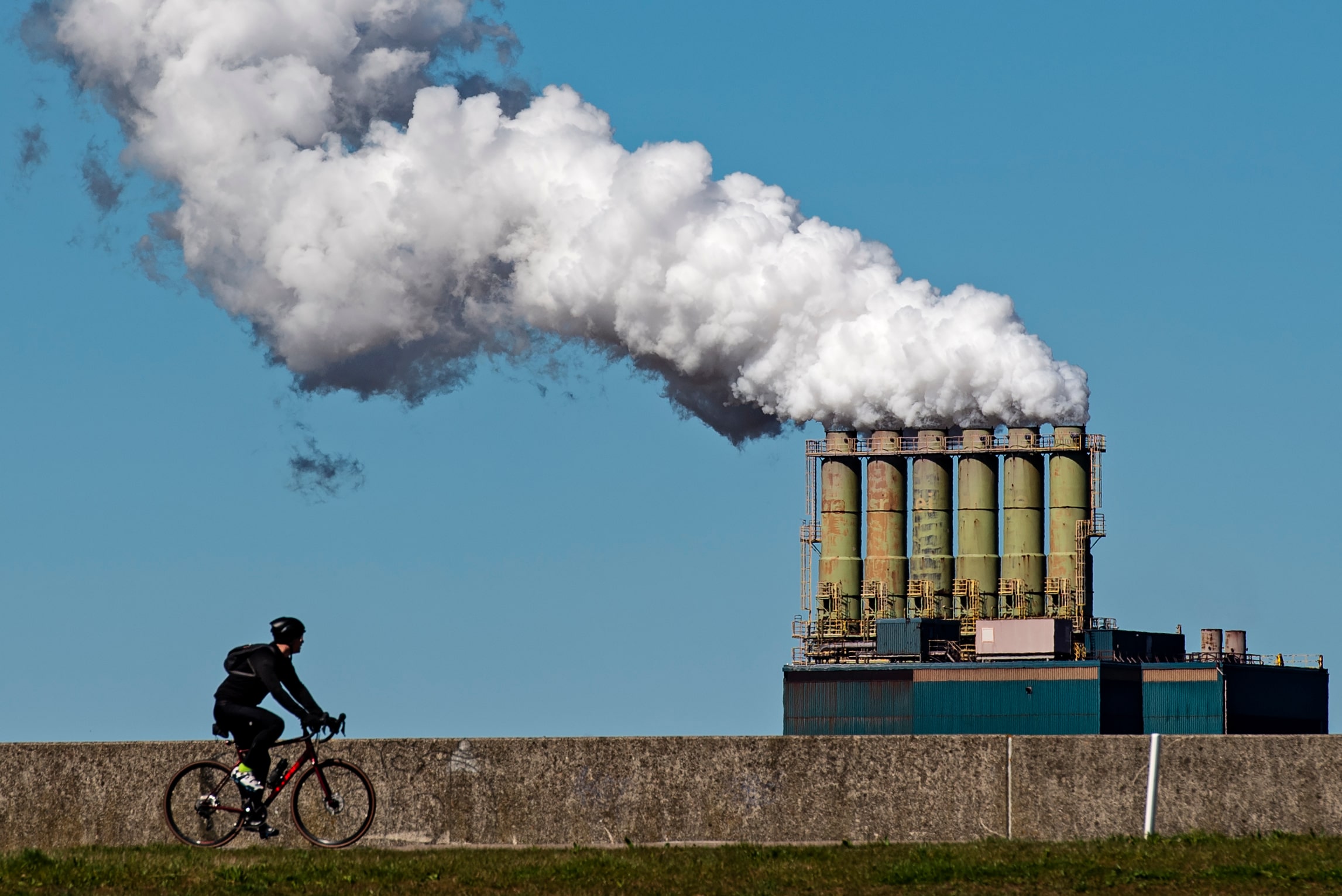Climate change doesn’t affect everyone in the same way.
When climate disasters strike, some people have the resources to stay safe, escape, or rebuild. Others don’t.
Heatwaves, floods, and wildfires cause more suffering in low-income countries and communities, BIPOC communities, women, and people with disabilities. Here in Canada, many remote Indigenous communities are more at risk from wildfires because they’re harder to reach.
That’s where climate justice comes in. It’s about making sure the people most affected by the climate crisis are leading the solutions. Climate action isn’t only about cutting greenhouse gas pollution. It’s about building a fair future where everyone can thrive.
The Land Back movement
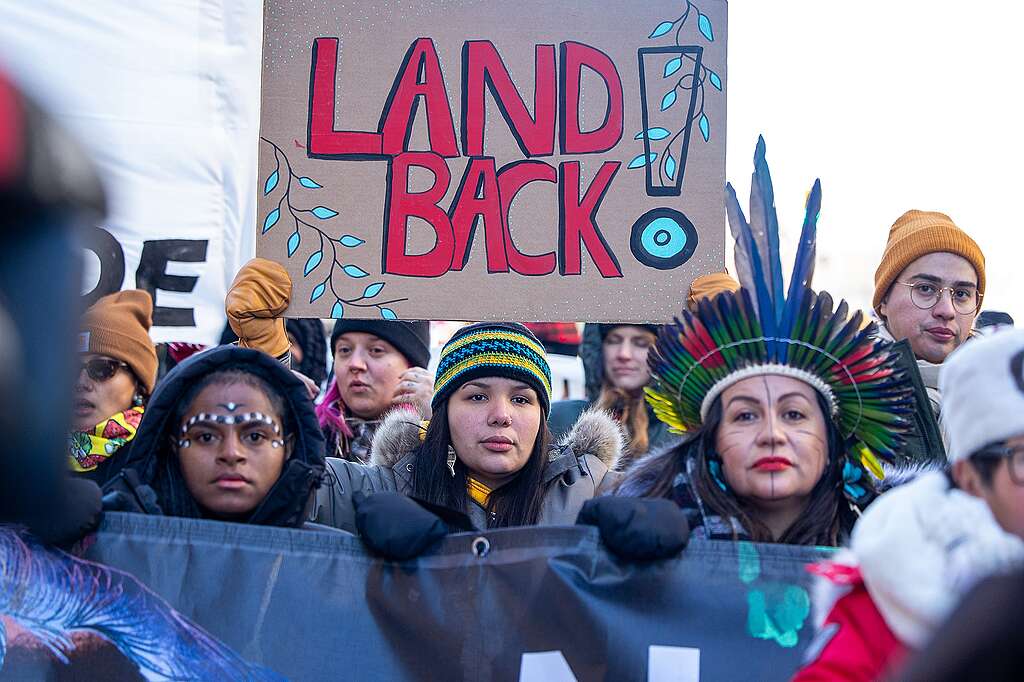
In the summer of 2020, land defenders from the Six Nations of the Grand River set up a camp and blocked roads in Caledonia, Ontario. They wanted to stop a company from building houses on land given to them in 1784, after they fought with the British during the American Revolution.
They called the camp 1492 Land-Back Lane.
In the hundreds of years since 1492, when Christopher Columbus first landed his ships in North America, settlers and settler governments have forced Indigenous people from their lands. This was often so settlers could take resources from that land, like trees or minerals.
The Land Back movement calls for the return of traditional territories to Indigenous people. It recognizes that Indigenous people have a legal right to their land and a deep connection to it. It’s also an important piece in slowing down climate change and protecting nature.
That’s because many Indigenous traditions are based on taking care of the land and keeping it healthy for future generations. Indigenous communities are already protecting at least 21% of the world’s land. In many places, they’re doing a better job than governments do with government-protected parks and wildlife reserves.
The Haida people – protecting their culture, forests, and the climate
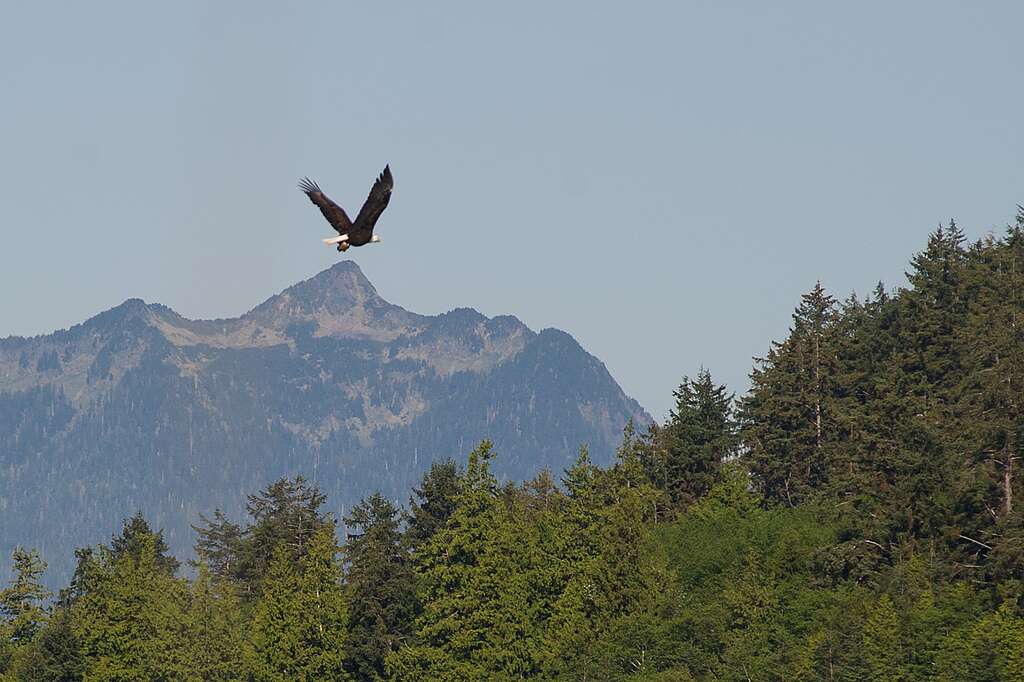
The Haida Gwaii are a group of islands off the coast of British Columbia, where members of the Haida Nation have lived for thousands of years. For decades, they’ve fought to protect the islands’ ancient forests from the most harmful kinds of logging.
These towering forests are a vital part of Haida cultural traditions and a home for an astonishing variety of wildlife. They’re also a powerful tool to slowing down climate change.
Old-growth forests store huge amounts of carbon dioxide, one of the main greenhouse gases that’s heating up our planet. When we cut them down, we stop them from locking away more carbon pollution. And that’s not all! Harvested trees also release the carbon they’ve been storing for centuries back into the air.
The Haida people have blocked logging roads, led protests, and even taken the government of British Columbia to court. Over years of action, they’ve won more protection for the land and their right to manage it.
In 2025, something historic happened – Canada’s federal government and Haida leaders signed an agreement that recognized Aboriginal title over the Haida Gwaii. The agreement confirms their legal right to the land and makes it easier for them to protect their land and culture.
As one Haida activist said, “The most valuable thing we have here is nature … There’s no sense having rights to fish if there’s no fish.”
Climate justice starts with communities
These stories show us what climate justice looks like when it’s led by the people most impacted by injustice. Their experiences, traditions, and deep understanding of the places they live are key to real solutions – solutions that restore nature while rebalancing unfair systems that caused the problems in the first place.
Want to learn more and spread the word? Read and share these stories:

